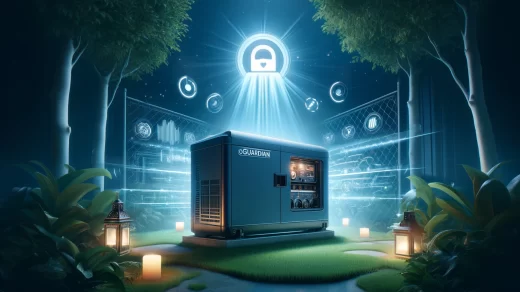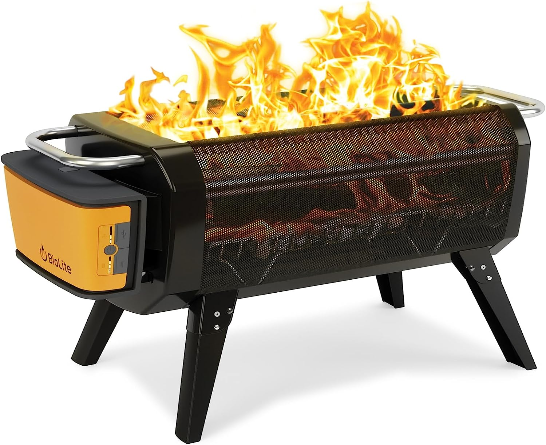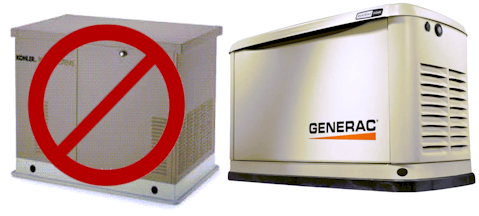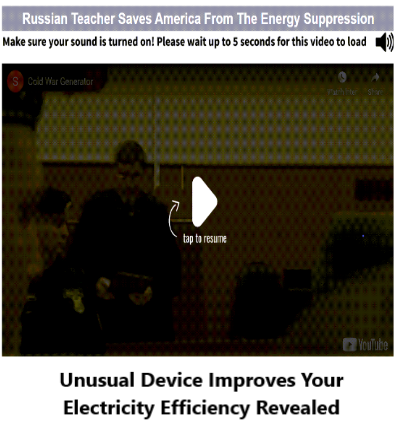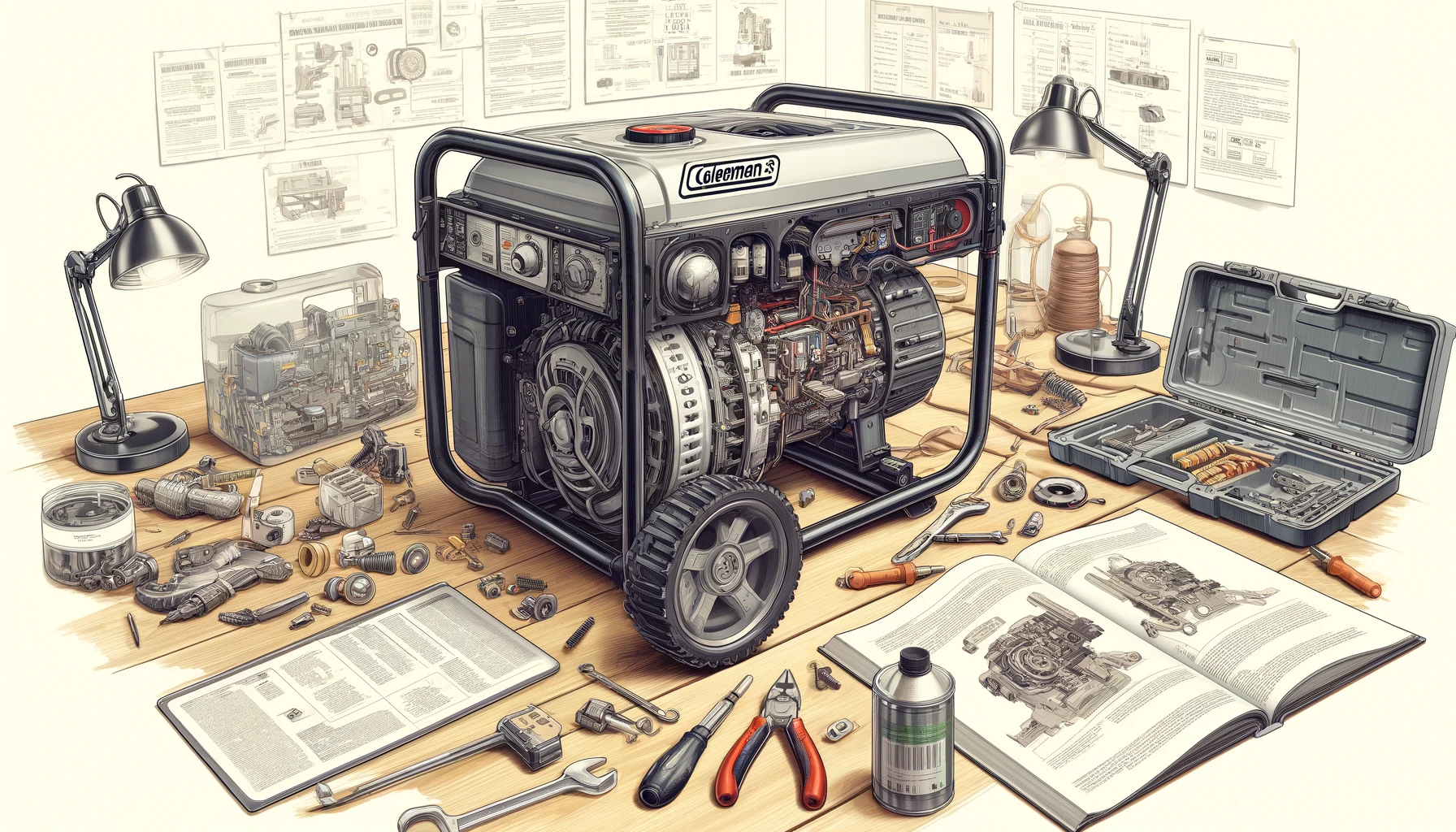
Coleman portable generators are trusted companions for outdoor adventures, emergency power backup, and job site electricity needs. However, like any mechanical device, they require regular maintenance and occasional repairs to ensure optimal performance and longevity. Understanding the various parts of your Coleman generator is crucial for troubleshooting issues, performing routine maintenance, and even upgrading for enhanced performance. In this comprehensive guide, we’ll delve into the essential parts of Coleman portable generators, common issues and troubleshooting tips, maintenance guidelines, and where to find replacement parts. Whether you’re a seasoned generator enthusiast or a newcomer looking to keep your Coleman generator running smoothly, this article has you covered.
Quick Tips for Coleman Portable Generator Maintenance:
- Regular Inspection: Perform visual inspections of your generator’s components, such as the engine, electrical system, and mechanical parts, to identify any signs of wear or damage.
- Clean and Lubricate: Keep your generator clean and well-lubricated to prevent debris buildup and ensure smooth operation.
- Fuel System Maintenance: Regularly check and clean the fuel tank, fuel filter, and carburetor to prevent fuel-related issues.
- Electrical System Checks: Test the spark plug, ignition coil, voltage regulator, and other electrical components regularly to ensure proper function.
- Proper Storage: When not in use, store your Coleman generator in a clean, dry location, and follow recommended storage procedures to prevent damage.
- Understanding Coleman Portable Generators:
Coleman offers a range of portable generators designed to meet various power needs, from compact models for camping and tailgating to larger units for home backup or job site use. Each generator is equipped with essential components that work together to generate electricity efficiently.
- Essential Parts of Coleman Portable Generators:
- Engine Components:
The engine is the heart of your Coleman generator, responsible for converting fuel into mechanical energy to generate electricity. Key engine components include:
- Fuel System: This includes the fuel tank, fuel filter, and carburetor, which deliver fuel to the engine for combustion.
- Ignition System: Consisting of the spark plug and ignition coil, the ignition system ignites the fuel-air mixture in the engine cylinder to initiate combustion.
- Cooling System: To prevent overheating, Coleman generators are equipped with a cooling system, which typically includes a radiator and cooling fan to dissipate heat generated during operation.
- Electrical Components:
The electrical system of a Coleman generator is responsible for generating and regulating electricity. Key electrical components include:
- Alternator: The alternator, also known as the generator head, converts mechanical energy from the engine into electrical energy. It consists of a stator and rotor that work together to produce electricity.
- Voltage Regulator: The voltage regulator controls the output voltage of the generator to ensure a stable and consistent power supply.
- Control Panel: The control panel houses various components, including circuit breakers, outlets, and meters, allowing users to monitor and control the generator’s operation.
- Mechanical Components:
In addition to the engine and electrical system, Coleman generators are equipped with various mechanical components to support their operation and mobility. These include:
- Frame and Housing: The frame and housing provide structural support and protection for the generator’s internal components.
- Wheels and Handles: Many Coleman generators feature built-in wheels and handles for easy transportation and maneuverability.
- Exhaust System: The exhaust system directs exhaust gases away from the generator and may include a muffler to reduce noise levels.
III. Common Issues and Troubleshooting:
Despite their reliability, Coleman portable generators may experience occasional issues that require troubleshooting and repair. Some common issues include:
- Difficulty Starting: If your generator is hard to start or won’t start at all, check the spark plug, fuel system, and ignition system for potential problems.
- Poor Performance: Low power output or erratic operation may be caused by issues with the fuel system, electrical components, or engine.
- Overheating: Overheating can damage the engine and other components of your generator. Check the cooling system for leaks or blockages and ensure proper airflow around the generator.
- Maintenance Tips for Coleman Portable Generators:
To keep your Coleman generator running smoothly, follow these maintenance tips:
- Regular Inspection: Perform visual inspections of your generator’s components and address any signs of wear or damage promptly.
- Clean and Lubricate: Keep your generator clean and well-lubricated to prevent corrosion and ensure smooth operation.
- Fuel System Maintenance: Clean the fuel tank, replace the fuel filter, and inspect the carburetor regularly to prevent fuel-related issues.
- Electrical System Checks: Test the spark plug, ignition coil, voltage regulator, and other electrical components periodically to ensure proper function.
- Proper Storage: When storing your Coleman generator, follow recommended procedures to prevent damage from moisture, dust, and other environmental factors.
- Where to Find Replacement Parts:
If you need to replace a worn or damaged part on your Coleman generator, there are several options available:
- Authorized Dealers and Retailers: Many authorized Coleman dealers and retailers stock a wide range of replacement parts for Coleman generators.
- Online Marketplaces: Online marketplaces like Amazon, eBay, and Walmart.com often carry a variety of Coleman generator parts and accessories.
- Direct from the Manufacturer: You can also purchase replacement parts directly from Coleman or their authorized distributors.
Table of Things You Can Purchase with Prices for Coleman Portable Generator Parts:
| Part | Description | Price |
| Spark Plug | Genuine replacement spark plug | $5 – $10 |
| Carburetor | Replacement carburetor assembly | $20 – $50 |
| Fuel Filter | Fuel filter compatible with Coleman gen. | $5 – $15 |
| Ignition Coil | Ignition coil for Coleman generator | $15 – $30 |
| Voltage Regulator | Replacement voltage regulator | $20 – $40 |
| Wheel Kit | Add-on wheel kit for easier transport | $30 – $60 |
| Cold Weather Kit | Kit to improve cold weather performance | $50 – $100 |
| Cover | Protective cover for storage | $20 – $50 |
Conclusion:
Maintaining your Coleman portable generator doesn’t have to be a daunting task. By understanding its essential parts, troubleshooting common issues, and following proper maintenance guidelines, you can ensure that your generator stays reliable and efficient for years to come. Whether you need replacement parts, accessories, or just some helpful tips, the resources are readily available to keep your Coleman generator running smoothly whenever you need it most.
